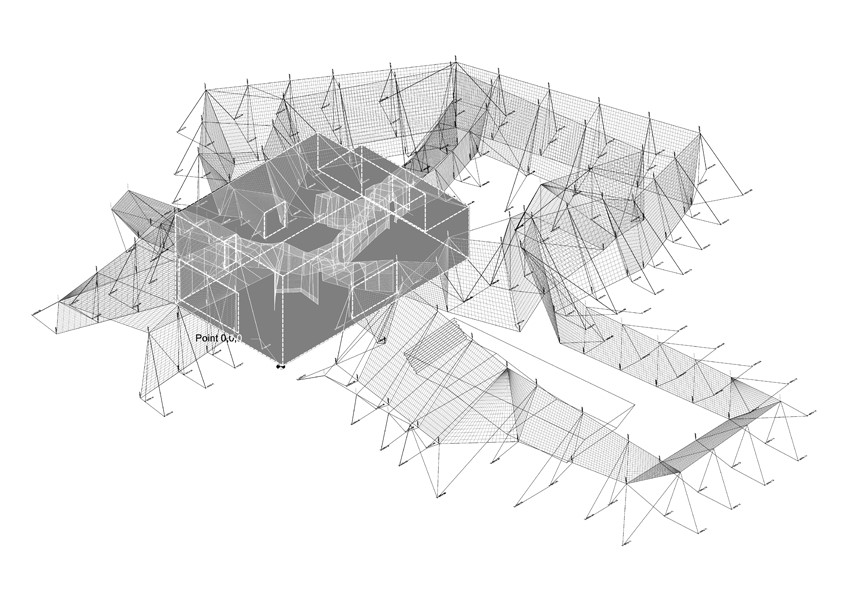
Selected Topics in Sustainable Design: Environments of Control
ARC3500H F
Instructor: Mason White
Meeting Section: L0101
Thursday, 12:00 - 3:00pm
Location: TBD
Environments of Control” will survey architecture’s complex relationship with environment and climate. With the very origins of architecture as a “primitive hut” to shelter from the elements, its very premise is in supressing local climate to create a micro-climate. All architecture inevitably alters and impacts the environment in multiple ways at multiple scales. Architecture often seeks to make spaces cooler, warmer, drier, cleaner. The course is interested in the influence that elements such as wind, rain, snow, heat, cold, and even disasters, are having on architectural form, materials, and other unexpected ways. The elective course will focus primarily on this transformation following 1963, the year Victor Olgyay’s “Design with Climate: Bioclimatic Approach to Architectural Regionalism” was published. Since then, other significant publications and key figures—most notably Reyner Banham—have yielded evolving attitudes and positions of architecture’s control on environments.
More recently, writers such as Luis Fernández-Galiano, Felicity D. Scott, David Gissen, Daniel A. Barber, and Alessandra Ponte have foregrounded greater agency in the control of climate, and exposed the political, environmental, and technological context of this bias. This approach will be considered in parallel to the more prescriptive and quantitative efforts of sustainability.
This elective will employ reading and synthesis skills as well as research documentation skills. Students will participate through 1) reading discussions, 2) topical presentations, and 3) an individual research project on a contemporary environment condition.
Environments of Control” will survey architecture’s complex relationship with environment and climate. With the very origins of architecture as a “primitive hut” to shelter from the elements, its very premise is in supressing local climate to create a micro-climate. All architecture inevitably alters and impacts the environment in multiple ways at multiple scales. Architecture often seeks to make spaces cooler, warmer, drier, cleaner. The course is interested in the influence that elements such as wind, rain, snow, heat, cold, and even disasters, are having on architectural form, materials, and other unexpected ways. The elective course will focus primarily on this transformation following 1963, the year Victor Olgyay’s “Design with Climate: Bioclimatic Approach to Architectural Regionalism” was published. Since then, other significant publications and key figures—most notably Reyner Banham—have yielded evolving attitudes and positions of architecture’s control on environments.
More recently, writers such as Luis Fernández-Galiano, Felicity D. Scott, David Gissen, Daniel A. Barber, and Alessandra Ponte have foregrounded greater agency in the control of climate, and exposed the political, environmental, and technological context of this bias. This approach will be considered in parallel to the more prescriptive and quantitative efforts of sustainability.
This elective will employ reading and synthesis skills as well as research documentation skills. Students will participate through 1) reading discussions, 2) topical presentations, and 3) an individual research project on a contemporary environment condition.
Image: Spidernethewood, R&Sie(n)- Paris, 2007

